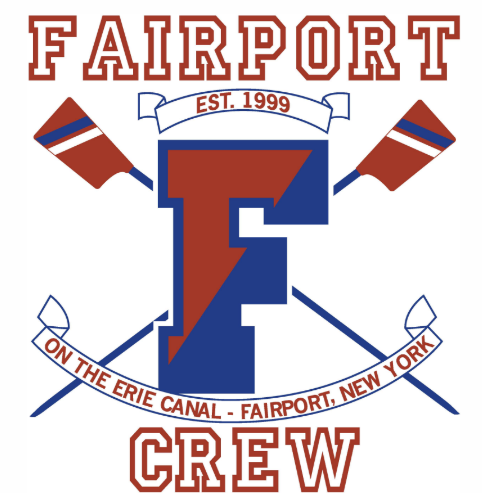Boats & Equipment
Shell – The boat — a light, long, narrow racing boat, for rowing by one or more persons.
Bow – The forward section of the boat. The first part of the boat to cross the finish line.
Stern – The back or rear of the boat.
Sweep rowing – Shells for four or eight rowers; each rower is equipped with a single oar which stays in a fixed position on the boat.
Scull – A light, narrow racing boat for one, two or sometimes four rowers; each rower is equipped with a pair of oars. These oars are smaller than the oars used in sweep rowing.
Keel – The center line of the shell.
Port – Left side of the boat, while facing forward, in the direction of the movement.
Starboard – Right side of the boat, while facing forward, in the direction of movement.
Rowers
Crew – the group of people who row a racing shell, as in varsity crew or the sport of racing with racing shells, as in “He went out for crew in his freshman year.” Note in both of these instances, the word “team” is understood, but not used. There is no such thing as “crewing” or “crewing practice” or “crewers.”
Coxswain – (pronounced COX-in) The person who steers the shell and is the on-the-water coach for the crew. He/she must weigh at least 100 – 110 pounds. Also referred to as the cox. Tradition has it that the crew throws the cox into the water if they win their race.
Novice – having less than one calender-year’s worth of rowing experience. In racing, a novice may row in a varsity boat, but a varsity rower may not row in a novice boat.
Varsity – having at least one calender-year’s worth of rowing experience. In racing, a novice (less than one year of experience) may row in a varsity boat, but a varsity rower may not row in a novice boat.
Stroke – the rower closest to the stern. Stroke sets the rhythm for the boat; others behind him/her must follow the cadence he/she sets.
Bow – rower who sits in seat 1, in the bow of the boat.
General Rowing Terms
Catching a Crab – an oar that, at an angle to the water (rather than the ideal perpendicular), gets caught beneath the surface. The oarblade is driven into the stomach and has the potential to toss the rower out of the boat.
Parts of a Stroke
1) catch – the seat should be toward the stern, back and arms straight, arms fully extended, knees deeply bent, shins perpendicular to the water. The rower is folded and ready to uncoil.
2) drive – straighten legs, slide seat toward bow, pull toward bow with trunk/torso. Keep arms out straight and at a constant level, keep knees between arms. Complete the drive by leaning back and pulling the oars to the abdomen.
3) release – leaning back, lift the oar blades with a slight downward push on the handle, simultaneously drop wrists slightly to rotate the oar and feather the blade parallel to the water.
4) recovery – extend arms forward, slide seat toward stern, bring thighs up to chest. Try to be light on the seat, pushing down slows the forward movement.
Swing – the hard-to-define feeling when near-perfect synchronization of motion occurs in the shell, enhancing the overall speed and performance.
Commands
Power 10 – a call for rowers to do ten (10) of their best, most powerful strokes; it’s a strategy used to pull away from a competitor.
“Weigh Enough” – Often pronounced “way ’nuff” – is a command for rowers to stop. Stop rowing, or stop walking as they carry a shell. Stop whatever they are doing.
“Let it Run” – is a command for rowers to stop rowing, and allow the shell to continue to move forward and coast to a stop.
“HOLD WATER” – is a command for rowers to square their blades in the water to slow and hopefully stop the forward movement of a shell. This is used to avoid collisions.
